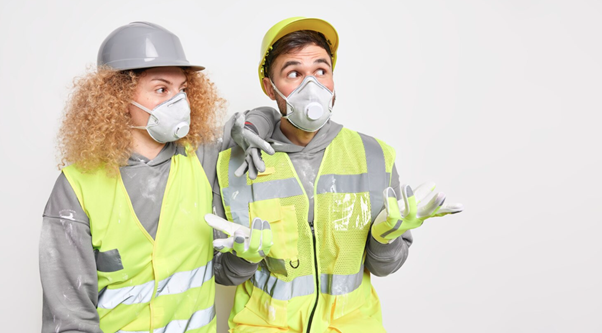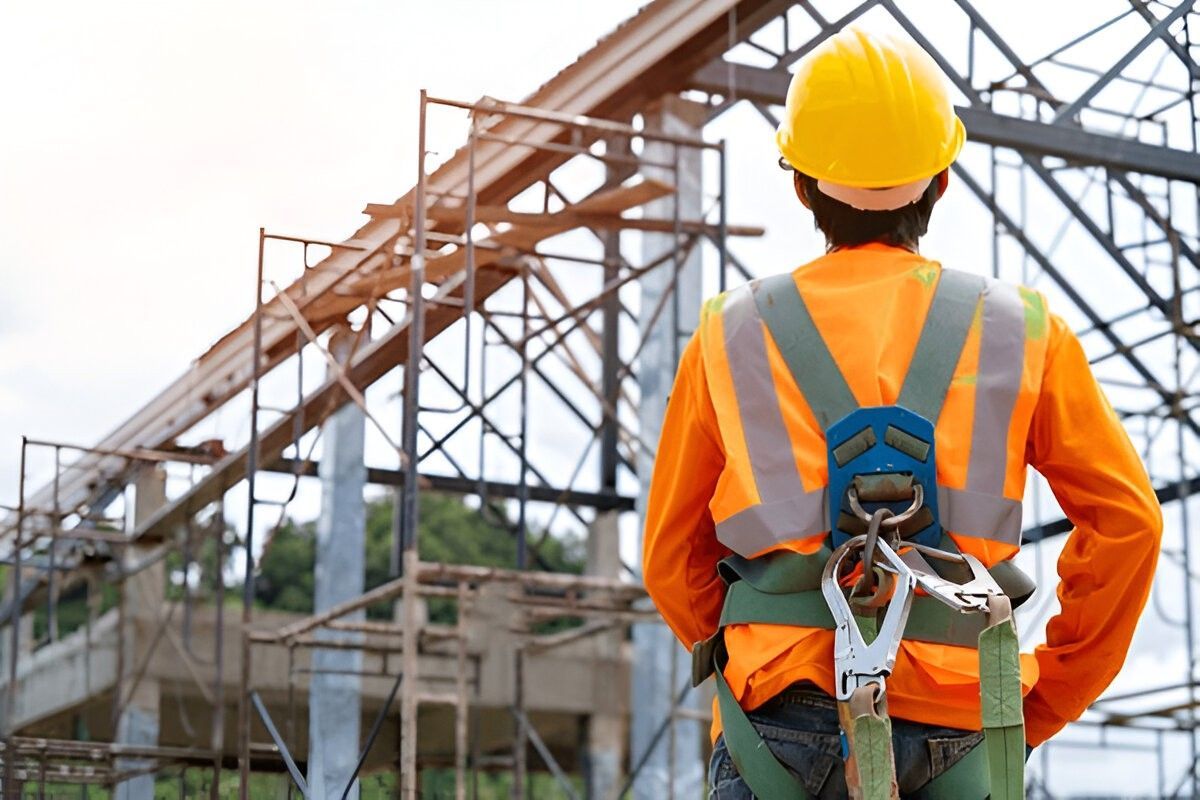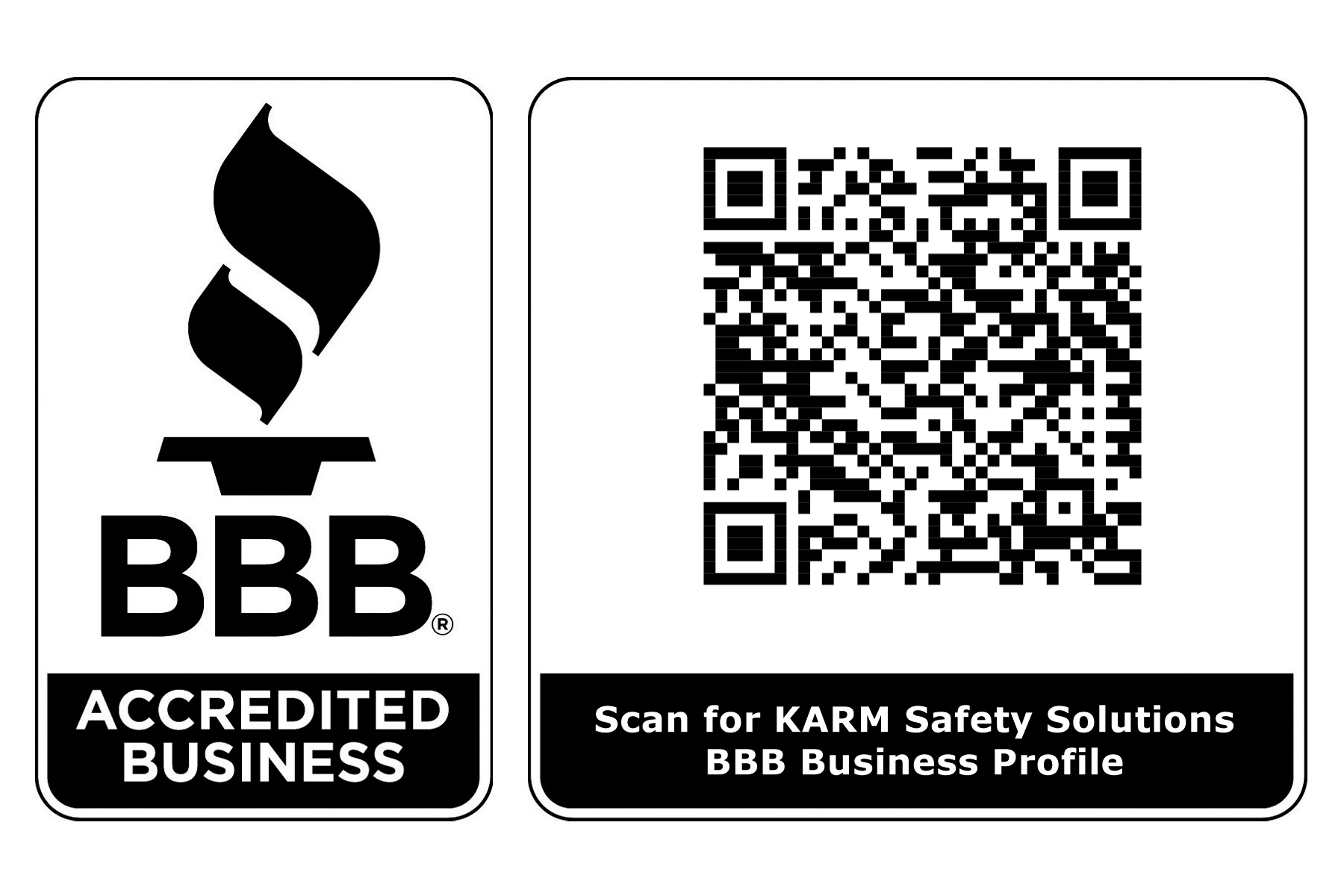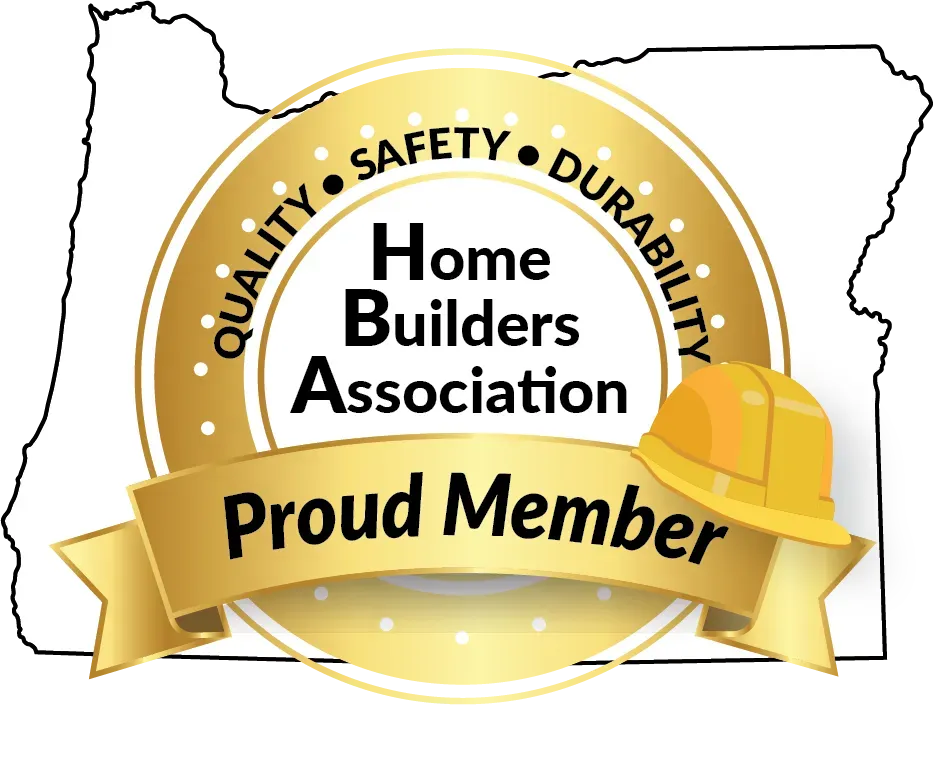What is a Construction Site Safety Audit: Full Guide
Construction sites are complex environments filled with numerous hazards, making safety a top priority. To ensure a safe workplace, it is crucial to conduct regular audits. What is a construction site safety audit? It is a thorough inspection and assessment of all safety measures on a construction site. The audit helps identify hazards, ensure OSHA compliance, and implement corrective actions to minimize risk. In this blog, we will explore how construction site safety audits are an essential part of any effective OSHA strategy and why they should be prioritized for long-term success.
The Role of Construction Site Safety Audits in Risk Management
Construction sites present various risks, from falling objects to faulty equipment. A safety audit helps to identify potential hazards and address them before they lead to accidents. Through these audits, you can recognize unsafe practices, inadequate training, and equipment malfunctions.
Safety audits play a vital role in risk management by:
- Identifying Risks: Pinpointing physical, environmental, and procedural hazards.
- Providing Solutions: Implementing corrective measures to address identified risks.
- Reducing Liability: Minimizing legal and financial risks related to workplace injuries.
By performing a safety audit regularly, you create a safer environment for workers, ensuring fewer injuries and reducing operational downtime.
Enhancing OSHA Compliance Through Regular Audits
OSHA (Occupational Safety and Health Administration) mandates that all employers provide a safe work environment for their employees. Construction site safety audits ensure that your site complies with OSHA regulations. Failure to adhere to these standards can lead to hefty fines, legal troubles, and, most importantly, injury to workers.
Key benefits of regular safety audits include:
- Ensuring OSHA Compliance: Meeting federal and state regulations on health and safety.
- Reducing Penalties: Preventing violations that can lead to fines.
- Demonstrating Accountability: Showing a proactive approach to employee safety, which enhances your company’s reputation.
By consistently evaluating safety protocols, you demonstrate to OSHA and your workforce that safety is a priority.
Leveraging Technology in Safety Audits for Greater Efficiency
With the advent of technology, safety audits have become more efficient and comprehensive. Digital tools, apps, and platforms are now widely used in the construction industry to enhance safety audits. These technologies enable safety officers to conduct audits in real-time, streamline reporting, and track corrective actions.
How technology improves safety audits:
- Real-Time Data: Technology allows for immediate reporting and issue resolution.
- Mobile Accessibility: Safety audits can be conducted directly from mobile devices, allowing auditors to inspect and record findings while on-site.
- Better Tracking: Digital tools help track compliance status, ensuring that safety issues are consistently addressed over time.
Integrating technology into safety audits makes the process more streamlined, improving both efficiency and accuracy.
Building a Safety Culture Through Audit Results
Construction site safety audits do more than identify problems—they foster a safety-driven culture within the workforce. When employees understand that regular audits are part of the company’s operations, they are more likely to follow safety protocols and contribute to maintaining a safe work environment.
By building a safety-first culture:
- Encourages Compliance: Workers are more likely to follow safety guidelines when they know safety audits are ongoing.
- Increases Awareness: Workers become more aware of potential hazards and are proactive in addressing them.
- Improves Employee Morale: A safe work environment leads to greater job satisfaction and less anxiety for workers.
A safety-conscious culture reduces injuries, promotes a collaborative work environment, and increases overall productivity.
The Importance of a Comprehensive Construction Site Safety Checklist
A construction site safety audit can only be as effective as the checklist it follows. A comprehensive safety checklist ensures that all aspects of the site are evaluated and no hazards are overlooked.
Some key areas to include in your safety checklist:
- Personal Protective Equipment (PPE): Ensure all workers have the necessary PPE, including helmets, gloves, and safety footwear.
- Fall Protection Systems: Inspect scaffolds, ladders, and guardrails for safety compliance.
- Equipment Maintenance: Check machinery and tools for proper function and safety.
A thorough safety checklist ensures that all risks are assessed and corrected, keeping the worksite safe for everyone involved.
The End:
Incorporating regular construction site safety audits into your OSHA strategy is crucial for minimizing risks, ensuring compliance, and maintaining a safe working environment. With the right safety protocols, technology, and comprehensive checklists, you can stay ahead of potential hazards and safeguard your workforce. At Karm Safety Solutions, we offer expert safety audit services designed to meet OSHA standards and ensure your construction site is fully compliant. Our experienced team works with you to assess and address any safety concerns, providing a tailored solution for your needs.













